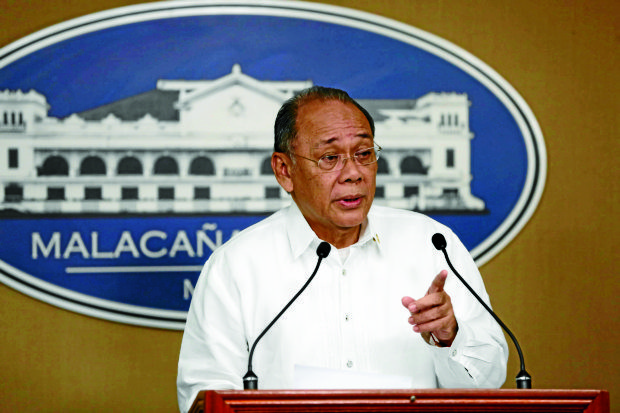The administration’s poverty alleviation programs appear to be working, Malacañang said on Wednesday in explaining the latest Social Weather Stations (SWS) poll that showed a slight drop in the number of Filipinos who have experienced hunger.
The SWS survey conducted from March 25 to 28 showed that 11.9 percent or some 2.7 million households did not have enough food to get on by at least once, a two-point drop from the 13.9 percent who said the same thing in the last quarter of 2016.
“The latest finding, conducted last March 25 to 28, affirms the positive impact of the Duterte administration’s poverty alleviation efforts on the lowest rung of society,” presidential spokesperson Ernesto Abella said in a statement.
Abella also said that while the government offers programs to alleviate poverty, its ultimate goal is to improve their lives by providing them with jobs or capital to start small businesses.
“The government’s long-term goal, however, is to improve the lives of Filipinos across sectors, through effective delivery of goods and services, like increased spending in infrastructure projects and the promotion of easy access microfinancing system,” he said.
He said the government’s current poverty alleviation programs for the marginalized and neglected sectors include conditional cash transfer program, higher pension for seniors, free medicine for indigent patients, added incentive and combat pay duty for police and soldiers, gratuity pay for job order and contract workers in the government, and regularization of thousands of employees.
Earlier, the palace said the administration would step up efforts to address poverty and inform poor citizens of government programs that were available for them in the wake of an SWS survey showing that the number of Filipinos who consider themselves poor increased.
The SWS survey showed that 50 percent of 1,200 respondents rated themselves as poor.
The figure represented 11.5 million families. It was up from 44 percent or 10 million families who rated themselves as poor in December last year.
The latest figure in the SWS survey was down from the 13.9 percent, or an estimated 3.1 million families, last December.
The first quarter overall hunger figure is also lower than last year’s annual average of 13.3 percent and the 13.7 percent during the same period last year.
The SWS survey, first published in BusinessWorld, used face-to-face interviews of 1,200 adult respondents nationwide and a margin of error of plus or minus 3 percentage points for national percentages.—WITH A REPORT FROM INQUIRER RESEARCH
